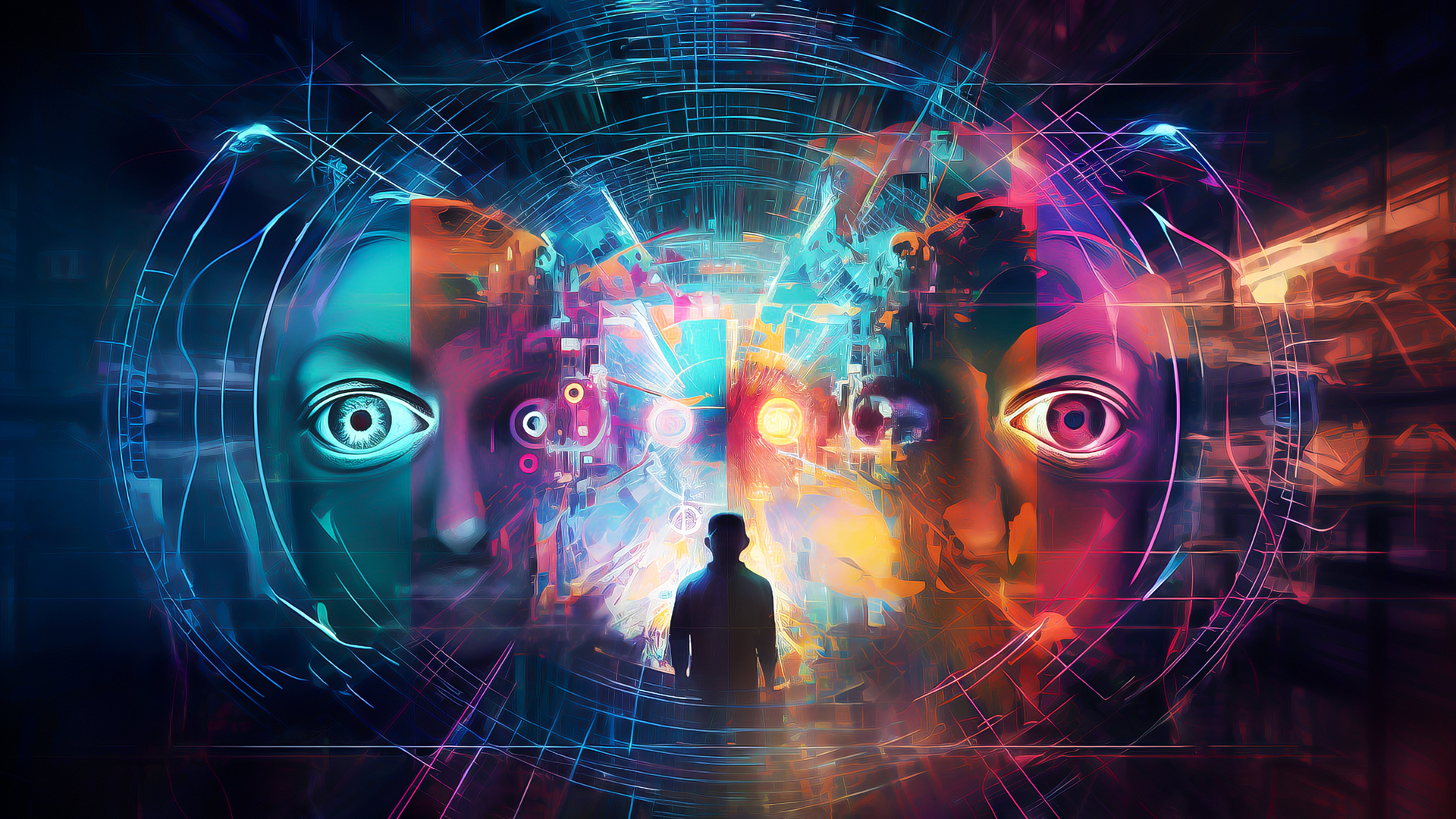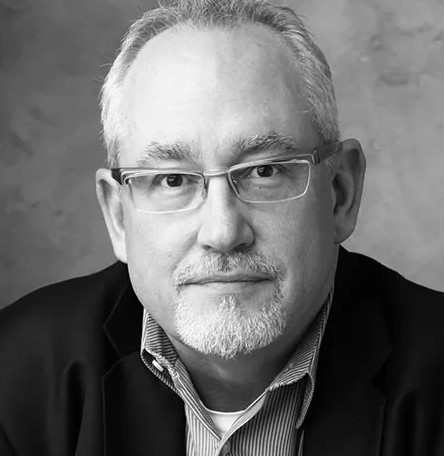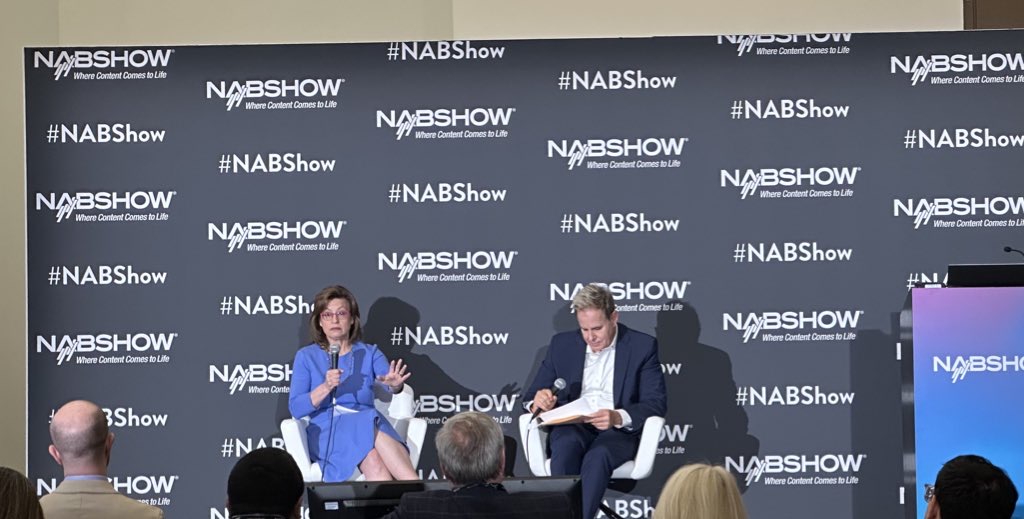AI is Revolutionizing Media & Entertainment and Unleashing Greater Creativity
AI's role lies in complementing and amplifying human creativity, not supplanting it

The rapid evolution of technology is bringing about unprecedented changes, and one of the most revolutionary developments is artificial intelligence (AI). AI has seamlessly interwoven itself in day-to-day life, making tasks far more effective, efficient, and convenient. Voice-activated assistants like Siri and Alexa, coupled with dynamic mapping courtesy of Google and Apple, vividly illustrate how AI-powered machine learning has melded into today’s repertoire of tools. Features like autocorrect on smartphones and grammar rectification on computers serve as additional illustrations where AI optimizes daily routines.
AI’s exceptional ability to analyze extensive datasets, derive insights from them and make astute judgments has captured the interest of the media and entertainment (M&E) sector, which thrives on perpetual innovation and the relentless exploration of creative frontiers. From the realm of film production to the domain of advertising, the essence is storytelling, and AI provides a novel canvas for innovators to collaborate with. Whether it entails discerning audience preferences, augmenting post-production visual effects, or even engendering original content, AI is a transformative force.
This article will discuss some of the ways that AI is transforming M&E through the democratization of various tasks, examining concerns over AI’s role in the workforce, and emphasizing its position as a complement to — not a replacement of — human ingenuity.
How AI Has Made Creativity More Accessible
One of AI's most transformative aspects is its democratization. No longer confined to secretive tech islands, AI technology has advanced to the point where professionals from various fields can harness its capabilities without needing extensive programming skills or specialized hardware. In other words, AI opens doors to a wealth of expertise previously reserved for engineers and programmers.
The march of progress endures as AI advances beyond mere "content aware" copying and pasting, venturing into the realm of non-linear editors (NLEs) that autonomously arrange video clips and apply color correction based on camera-specific metadata. Beyond the realm of convenience, AI contributes to elevated image fidelity, superior audio quality, fortified data security, and precision-targeted marketing strategies.
The visual effects (VFX) field has also provided a vivid illustration of AI's integration into media workflows. Traditionally, tasks like scene creation and image compositing were conducted post-filming. However, the rise of virtual production has shifted this paradigm, moving post-production tasks to pre-production stages. Enterprises such as Luma.AI, WonderLabs, RunwayML, and ElevenLabs have paved the way for VFX creation on smartphones, thereby redefining the spectrum of creative possibilities.
Today, AI's influence extends beyond traditional filmmaking into the realm of content creation. This includes generating or enhancing articles, videos, images, and social media posts. The benefits are manifold, ranging from accelerated production and enhanced efficiency to superior quality and unparalleled personalization for audiences.
Why Creatives Should Embrace AI
Many people are worried about AI replacing human creativity. However, it's essential to acknowledge that true creativity stems from the profound human experience — emotions, thoughts, and expressions that machines cannot replicate. As technology advances, AI's role lies in complementing and amplifying human creativity, not supplanting it.
Rather than fearing AI, creatives in the visual arts must embrace it as a tool to amplify their creative prowess. With advancements in AI-driven tools, content creators will be empowered to push creative boundaries further, leading to captivating content that resonates with audiences on a deeper level. The collaborative dance between human creativity and AI's analytical prowess is destined to shape the future of M&E.
While certain job roles might be impacted, AI's influence will create new opportunities in different corners of content creation and broadcast. For instance, while virtual production and VFX has eliminated some production jobs on set, the emergence of new technical positions has outpaced losses, resulting in a net gain for creative professionals.
As AI learns on menial tasks such as rotoscoping, adding clarity to audio, and automating base color corrections, it will not only free up time for creators to do what they do best — create — but it will also save on the costs of these tasks allowing content creators to produce more consistent results.
Overall, the best way to alleviate concerns about AI — whether you’re in film or television, production or post, sales or technology — is to learn. Start by asking a few questions: What interests you? Where do you want to be in your career? What kinds of AI tools would fit your interests and help you create? Does AI make it easier to build content, distribute content, or just work with the tools you already use? Everyone needs to start building their knowledge base from the ground up. While there’s more than enough time to begin that education before the industry is saturated, those who start sooner will be better off in the long run.
Conclusion
In the unfolding narrative of the M&E landscape, AI will play a pivotal role as a catalyst for innovation and creativity. From simplifying everyday tasks to revolutionizing visual effects and content creation, AI's impact will be profound. The challenge for creatives lies not in resisting AI's integration, but in harnessing its potential to amplify their artistic expressions. By embracing AI, the industry is poised for a harmonious symphony of human and AI creativity, redefining the boundaries of what's possible and fueling a new era of artistic achievement.
Learning more about AI's relevant aspects enhances creative potential. Many AI concepts are already integrated into apps used by M&E creatives, while platforms like Google's Bard and Adobe's Firefly offer free online AI experimentation opportunities. Initiatives like the AI Creative Summit — produced by FMC in partnership with NAB — empower production, post-production, and VFX crews by educating them about impending changes. Industry professionals should consider turning to these events, training programs, and opportunities to keep pace with the rapidly changing landscape.
Get the TV Tech Newsletter
The professional video industry's #1 source for news, trends and product and tech information. Sign up below.
Gary Adcock is a co-author and tech editor for the original Data Handling Procedures and Best Practices guide used by IATSE Local 600 (Cinematographer's Guild) and helped compile the Digital Cinema camera guide for the American Society of Cinematographers. In addition, he is one of the co-founders of the Camera Comparison Chart in use by schools and rental facilities around the world, has presented on cinematography and related technologies at events around the world, and was Program Chair for the Director of Photography & Creativity Conference for the 100th Anniversary of the National Association of Broadcasters Las Vegas convention.
Adcock has also been a presenter on a diverse range of subjects at NAB Shanghai, IBC Show, Interbee, CabSat, Broadcast Asia, and at Broadcast India. His knowledge and experience keep him in demand as both an industry consultant and technical writer.

